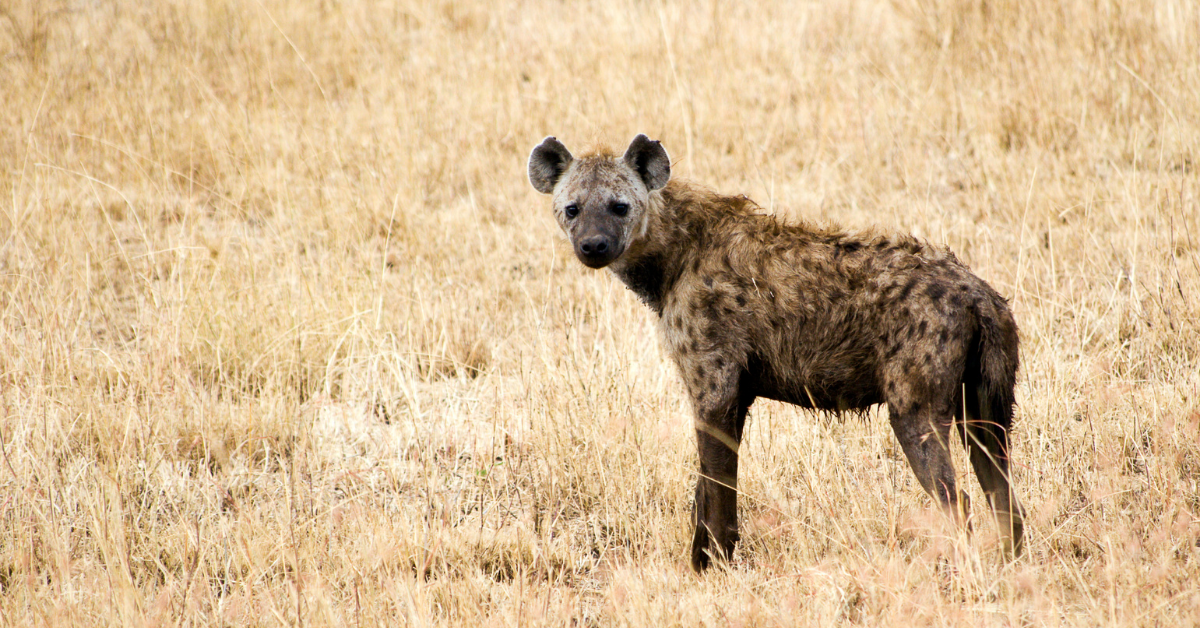
Although hyenas are among the main predators, they are often killed or injured by lions. Hyenas and lions share a high level of diet overlapping and are often in direct competition for the same food resources. Lions are bigger and stronger than hyenas, which puts hyenas at risk of injury or death during competitive interactions for food. However, the potential benefits are overweighting the risk of injury from lions.









